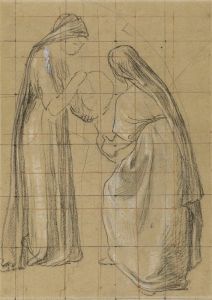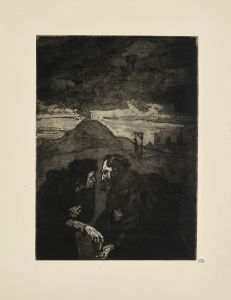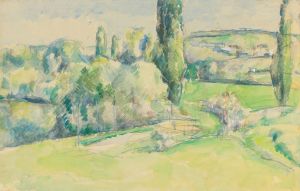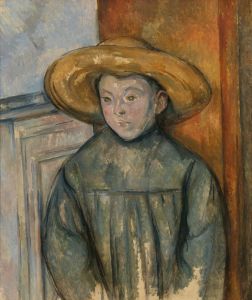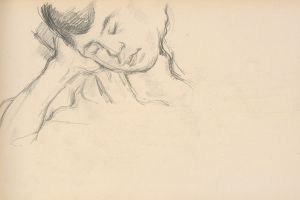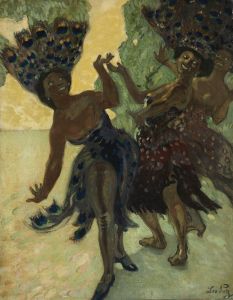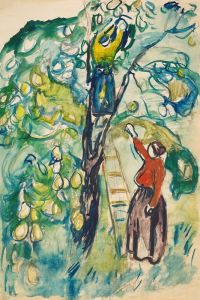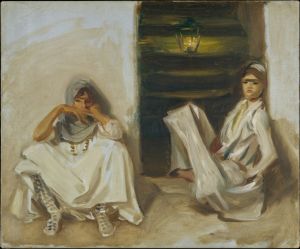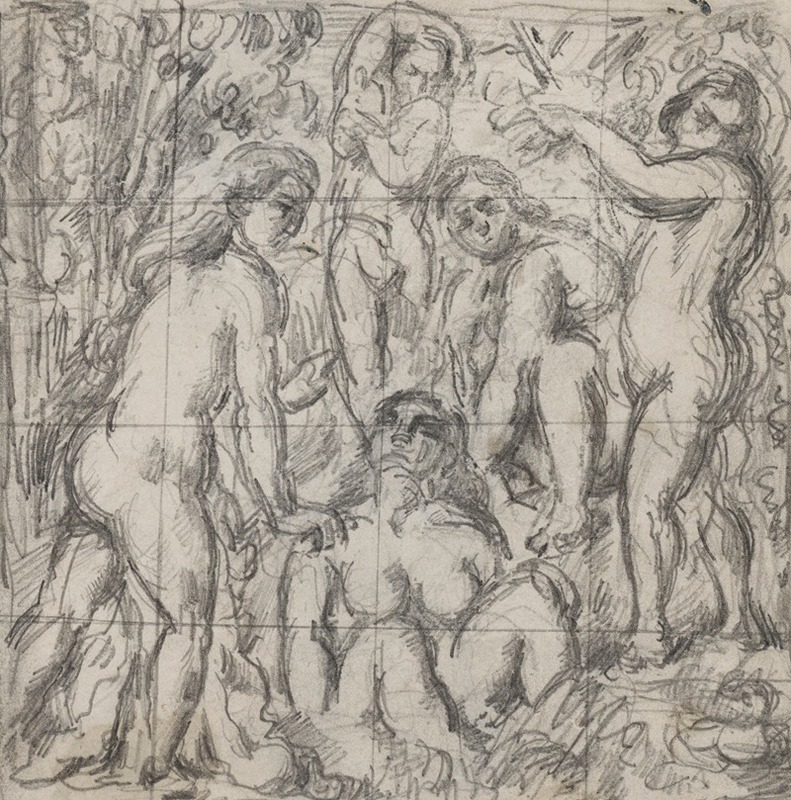
Cinq baigneuses
A hand-painted replica of Paul Cézanne’s masterpiece Cinq baigneuses, meticulously crafted by professional artists to capture the true essence of the original. Each piece is created with museum-quality canvas and rare mineral pigments, carefully painted by experienced artists with delicate brushstrokes and rich, layered colors to perfectly recreate the texture of the original artwork. Unlike machine-printed reproductions, this hand-painted version brings the painting to life, infused with the artist’s emotions and skill in every stroke. Whether for personal collection or home decoration, it instantly elevates the artistic atmosphere of any space.
Paul Cézanne's "Cinq baigneuses" (Five Bathers) is a notable work within the artist's extensive exploration of the theme of bathers, which he revisited numerous times throughout his career. Cézanne, a French Post-Impressionist painter, is renowned for his unique approach to form and color, which laid the groundwork for the transition from 19th-century artistic concepts to the radically different world of art in the 20th century.
"Cinq baigneuses" is part of a series of paintings that depict groups of nude figures in natural settings. These works are characterized by their emphasis on the harmony between the human form and the landscape, a theme that Cézanne explored with increasing abstraction over time. The painting is believed to have been created in the late 19th century, a period during which Cézanne was deeply engaged in refining his technique and exploring new ways to represent reality.
In "Cinq baigneuses," Cézanne employs a palette of muted colors, with soft blues, greens, and earth tones that blend seamlessly to create a serene and cohesive composition. The figures are depicted with Cézanne's characteristic brushwork, which eschews the fine detail of academic painting in favor of broader, more expressive strokes. This technique allows the forms to emerge organically from the canvas, creating a sense of movement and vitality.
The composition of "Cinq baigneuses" is carefully balanced, with the figures arranged in a way that guides the viewer's eye across the canvas. Cézanne's use of geometric shapes and his focus on the underlying structure of the forms reflect his interest in the fundamental elements of painting. This approach was influential in the development of modern art, particularly in the work of artists such as Pablo Picasso and Georges Braque, who would later develop Cubism.
Cézanne's bathers are often seen as a bridge between the Impressionist movement, with its emphasis on light and color, and the more abstract tendencies of 20th-century art. His work on this theme demonstrates his commitment to capturing the essence of his subjects, not through literal representation but through an exploration of their underlying forms and relationships.
The theme of bathers was a lifelong interest for Cézanne, and he returned to it repeatedly, each time pushing the boundaries of his style and technique. "Cinq baigneuses" is a testament to his innovative spirit and his dedication to exploring new artistic possibilities. The painting is housed in various collections, and its influence can be seen in the works of many artists who followed in Cézanne's footsteps.
Overall, "Cinq baigneuses" exemplifies Cézanne's contribution to the evolution of modern art. His ability to convey the beauty and complexity of the natural world through a synthesis of form, color, and composition has earned him a lasting place in the history of art.






